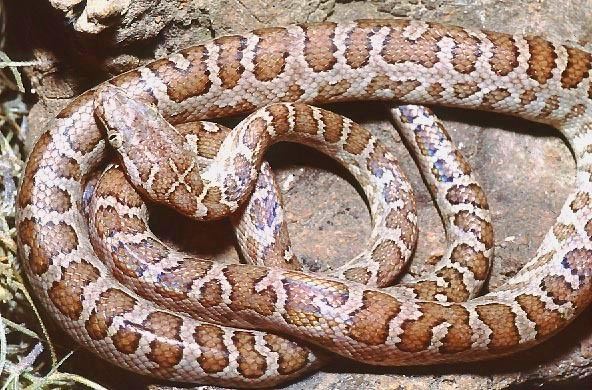Kingdom Animalia Subphylum Vertebrata Order Squamata Scientific name Epicrates fordii | Phylum Chordata Class Reptilia Suborder Serpentes Rank Species | |
 | ||
Similar Epicrates exsul, Chilabothrus chrysogaster, Epicrates striatus, Epicrates monensis, Chilabothrus | ||
Epicrates fordii ford s boa part 2
Epicrates fordii, known commonly as the Haitian ground boa, is a species of snake in the Boidae family.
Contents
- Epicrates fordii ford s boa part 2
- Epicrates fordii ford s boa part i
- Geographic range
- Etymology
- Description
- Subspecies
- References
Epicrates fordii ford s boa part i
Geographic range
It is found in Hispaniola of Île de la Gonâve, Isla Saona, and Île à Cabrit in the Gulf of Gonâve.
Etymology
The specific name, fordii, is in honor of South African-born George Henry Ford, artist at the British Museum (Natural History), "whose merits in herpetology are well known by his truly artistical [sic] drawings".
Description
Epicrates fordii is a medium-sized snake. Adults may attain a total length of 74 cm (29 1⁄8 in), which includes a tail 12.5 cm (4 7⁄8 in) long.
Dorsally it has a ground color that is pale olive, yellowish, or reddish, overlaid by a series of transverse dark brown blotches, which are oval or kidney-shaped, with blackish borders. Some of these blotches may merge to form a wide wavy stripe in some places. Ventrally it is yellowish, with small brown spots.
The smooth dorsal scales are arranged in 33-43 rows. Ventrals 250-265; anal plate entire; subcaudals 70-80 also entire.
On the dorsal surface of the head, the large frontal contacts the supraoculars; the remainder is covered by small irregular plates. There are 13 or 14 upper labials, without labial pits.
Subspecies
Three subspecies are recognized, including the nominate race.
